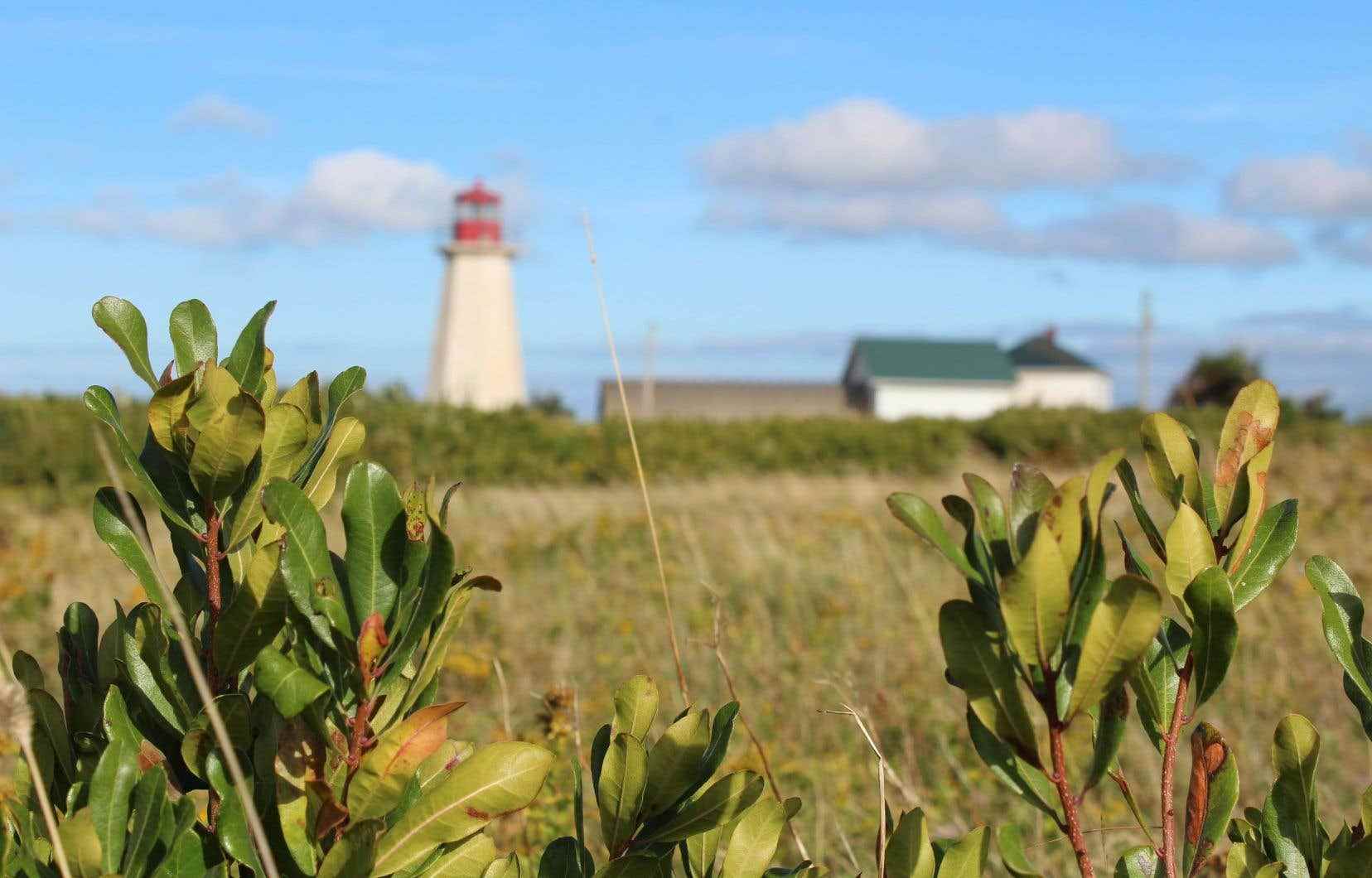This text is taken from the Courrier de la Planète of August 2, 2022. To subscribe, click here.
The red sandstone of the banks crumbles and the white sand dunes disappear into the gulf. Each new storm leaves behind disfigured coastlines. The erosion of the Magdalen Islands, accelerated and amplified by climate change, is redrawing maritime charts and jeopardizing roads and buildings.
Beach nourishment and breakwater construction projects are being implemented to combat erosion, but the bayberry — a small native shrub — could well be added to the arsenal. At least that’s what herbalist and entrepreneur Yves Leblanc, a resident of Fatima, on the island of Cap-aux-Meules, maintains.
“The bayberry settles in rough places and loose ground,” explains Mr. Leblanc. This sweet bay enthusiast has observed that sandstone cliffs and sandy soils are the shrub’s favorite breeding ground. Thanks to its roots, bayberry helps to strengthen unstable and sloping soils. Similarly, by retaining moisture, it prevents the sandstone that characterizes the orange cliffs of the Magdalen Islands from drying out and crumbling.
Above all, bayberry, as a nitrogen-fixing plant, promotes the revegetation of the sterile places where it is established. In fact, the herbalist shows photos of an old quarry where marram plants — also called dune hay — and tall grasses grew a few years after the bayberry took hold.
“It’s a process that takes a few years,” recognizes Mr. Leblanc. The violent storms that hit the archipelago in the Gulf of St. Lawrence are also damaging the bayberry plants, he points out. Despite everything, the herbalist is surprised by the resilience shown by the shrub, which actively participates in the reconstruction of devastated land.
Indeed, the bayberry leaves, which fall at the onset of winter, remain caught in the many branches that form the base of the plant. Over the years, a fine layer of compost forms, creating a habitat suitable for other plants. “It’s black and looks like dirt. You scrape a little and you arrive in the sand not too long after”, illustrates Mr. Leblanc.
Within his family business Quatre Feuilles, Mr. Leblanc has given himself the mission of cultivating myrique on a large scale, particularly on land vulnerable to coastal erosion. The entrepreneur thus hopes to combine the preservation of the banks with the production of essential oils. It is this activity that led him to study the bayberry in more detail.
The emblem of the Islands
Bayberry — officially known as Bayberry — is a relatively common shrub on the US East Coast. Its range extends from Virginia to the Maritime provinces. However, for Mr. Leblanc, the specimens that grow on the Islands are different from the common species.
The herbalist had already noticed that the island plants are significantly smaller than their continental cousins - a meter tall, compared to three to four. Similarly, bayberry produces much more waxy berries than those growing on the Islands. So waxy that they are used in the manufacture of candles, hence its nickname “Pennsylvania wax tree”.
Mr. Leblanc’s intuition was confirmed when a molecule unique to island specimens was discovered. In 2018, a team of researchers from the University of Quebec at Chicoutimi analyzed the essential oil of bayberry from the Magdalen Islands and detected in it a hitherto unknown ether. Researchers quickly named this compound “Magdalen ether”.
These peculiarities prompted Mr. Leblanc to introduce a new vernacular name for this presumed subspecies: “Island bayberry”. With this name, which he hopes to see adopted by the Madelinots, he intends to make the shrub the emblem of the archipelago. “The bayberry is the most precious plant we can have on the Islands,” says Mr. Leblanc.
